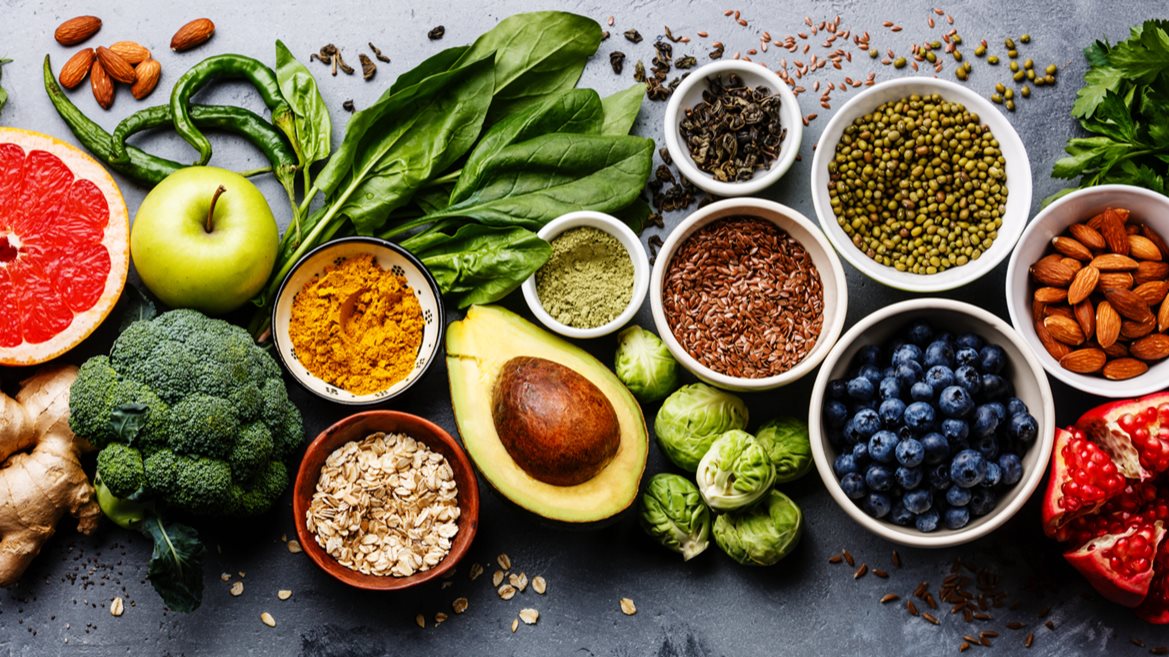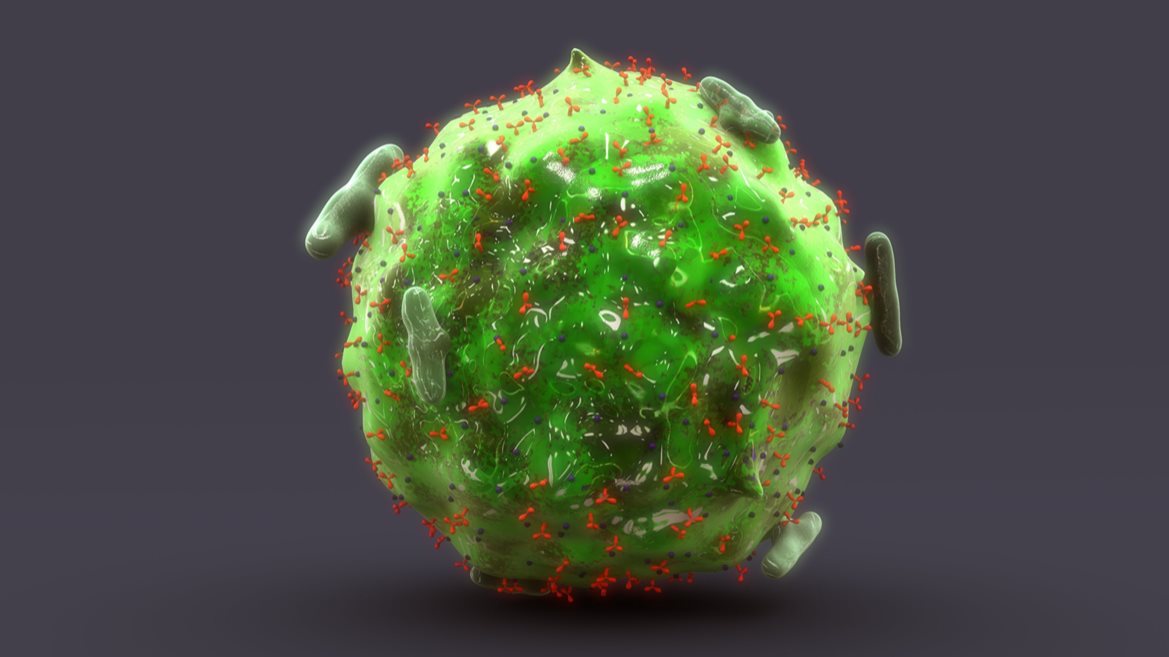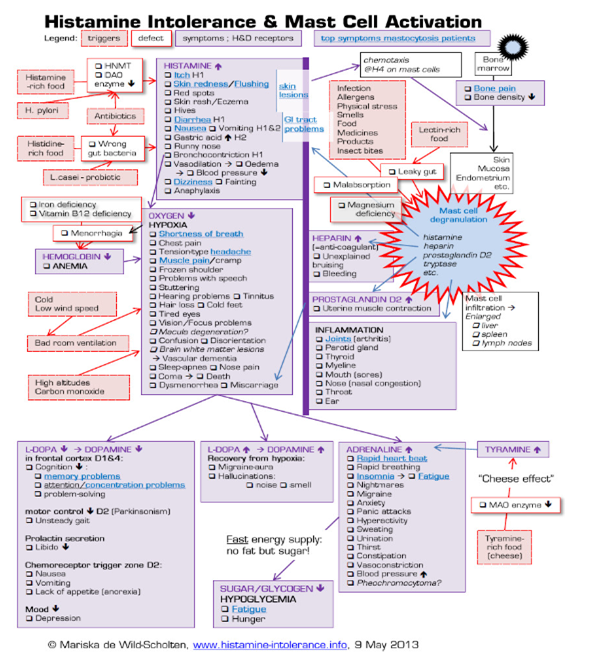The breath is a powerful source of transformation for brain health and breathwork is a practice that improves it. The rate and rhythm of the breath are intimately connected to our mental & emotional states (Brown & Gerbarg, 2012). Just as the emotions and the mind cause the breath to vary, by consciously controlling the breath, we gain control over our mind and our emotions (Trinity College Dublin, 2018).
Anxiety and Stress Eased by Breathwork
Combining this modality of breathwork with the eye gaze by noticing ten things in the room and mentally or aloud saying their colour and what they are, as well as pressing the feet into the floor, will activate your parasympathetic nervous system and bring you into a feeling of calmness (McKay, Wood, & Brantley, 2007).
Depression
On the other hand, when a person is feeling the depths of depression and despair, they may sigh a lot with almost a sense of defeat. The breath here is usually more in the belly. To bring more life force or prana into the body, it is recommended to sit up straight, lengthen the spine, and with an open mouth – breathing deep and forcefully into the upper chest. This activates the sympathetic nervous system and creates a sense of alertness and aliveness (Levine & Frederick, 2005). Taking breathwork one step further, raise both arms above the head as you inhale, allowing the eye gaze to follow the hands while keeping the chin level (Rosenberg, Rand, & Assay, 1987). Five to ten of these breaths and one will feel a tingling in the whole body, with the eye focus becoming clearer and a sense of elation.
How and why does this happen?
The respiratory system is one of the only major systems in the body which is usually involuntary but can be voluntarily controlled via attention (Levine & Frederick, 1997). The rhythm of our heart is thought to be another involuntary system, but if we want to, we can change the speed of our heart by modifying our breath. Should we slow down our breath, for example, this brings the body and mind into a state of calmness and relaxation, thereby slowing the heart rate.
The Breath: A Life Force
Breath is the life force that keeps us going; if we didn’t breathe, we would die. When we are able to control the breath with breathwork, we are able to moderate the way we feel in the moment and develop a sense of control over stress levels.
Your rate of breathing and state of mind are inseparable. Using a full yogic breath or other pranayama techniques reprograms your whole cellular memory (Khalsa & Lumpkin, 2015).
History of The Breath
For thousands of years, ancient wisdom techniques from the east have exalted the virtues of breath-focused practices, such as pranayama and meditation for their numerous cognitive benefits, including an increased ability to focus, decreased mind wandering, improved arousal levels, more positive emotions, decreased emotional reactivity, and many other benefits (Yates & Immergut, 2017).
What did they know that we are just now validating scientifically? Well, a new study by researchers at Trinity College Institute of Neuroscience and the Global Brain Health Institute at Trinity, Dublin explains for the first time the neurophysiological link between breathing, cognition, and emotion. The research shows that the way we breathe directly affects the chemistry of our brains in a way that can enhance our attention and improve brain health. This study focuses on changes in the levels of noradrenaline in response to the breath. Noradrenaline is a chemical messenger released in the brain when we are challenged, curious, focused, or otherwise emotionally aroused, and when we exercise. If produced at the right levels, it is essential to help the brain grow new connections (Trinity College Dublin, 2018).
Breathwork: A Scientific Study
Outlined here by a Ph.D. candidate at the Trinity College Institute of Neuroscience and lead author of the study, Michael Melnychuk: “Practitioners of yoga have claimed for some 2,500 years, that respiration influences the mind. In our study, we looked for a neurophysiological link that could help explain these claims by measuring breathing, reaction time, and brain activity in a small area in the brainstem called the locus coeruleus, where noradrenaline is made. Noradrenaline is an all-purpose action system in the brain. When we are stressed we produce too much noradrenaline and we can’t focus. When we feel sluggish, we produce too little and again, we can’t focus. There is a sweet spot of noradrenaline in which our emotions, thinking, and memory are much clearer. This study has shown that as you breathe in, locus coeruleus activity is increased slightly, and as you breathe out it decreases. Put simply this means that our attention is influenced by our breath and that it rises and falls with the cycle of respiration. It is possible that by focusing on and regulating your breathing you can optimize your attention level and likewise, by focusing on your attention level, your breathing becomes more synchronized.”
Breathwork and Brain Aging
Even more exciting in this area of research was the understanding and uncovering of how breathwork and meditation may have an effect on the aging of the brain. Ian Robertson, Co-Director of the Global Brain Health Institute at Trinity College, Dublin, writes:
“Our findings could have particular implications for research into brain ageing. Brains typically lose mass as they age, but less so in the brains of long-term meditators. More ‘youthful’ brains have a reduced risk of dementia and mindfulness meditation techniques actually strengthen brain networks. Our research offers one possible reason for this — using our breath to control one of the brain’s natural chemical messengers, noradrenaline, which in the right ‘dose’ helps the brain grow new connections between cells. This study provides one more reason for everyone to boost the health of their brain using a whole range of activities ranging from aerobic exercise to mindfulness meditation.”
In sum, breathe deep! It’s good for your brain health.
References
Brown, R., & Gerbarg, P. (2012). The healing power of the breath: Simple techniques to reduce stress and anxiety, enhance concentration, and balance your emotions. Shambala Publishing.
Khalsa Kaur, J., & Lumpkin, N. (2015). Enlightened bodies: Exploring physical and subtle human anatomy. Kundalini Research Institute
Levine, P., & Frederick, A. (1997). Waking the tiger: Healing trauma. North Atlantic Books.
Levine, P., & Frederick, A. (2005). Healing trauma: A pioneering program for restoring the wisdom of your body. Sounds True Inc.
McKay, M., Wood, J.C., & Brantley, J. (2007). The dialectical behavior therapy skills workbook: Practical DBT exercises for learning mindfulness, interpersonal effectiveness, emotion regulation, and distress tolerance. New Harbinger Publications Inc.
Melnychuk, M.C., Dockree, P.M., O’Connell, R.G., Murphy, P.R., Balsters, J.H., & Robertson, I.H. (2018). Coupling of respiration and attention via the locus coeruleus: Effects of meditation and pranayama. Psychophysiology, 55(9). DOI: 10.1111/psyp.13091
Rosenberg, J.L., Rand, M, & Assay, D. (1987). Body, self, and soul: Sustaining integration. Humanics Publishing Group.
Trinity College Dublin. (2018). The Yogi masters were right — meditation and breathing exercises can sharpen your mind: New research explains link between breath-focused meditation and attention and brain health. ScienceDaily. Retrieved from www.sciencedaily.com/releases/2018/05/180510101254.htm
Yates, J., & Immergut, M.. (2017). The mind illuminated: A complete meditation guide integrating Buddhist wisdom and brain science for greater mindfulness. Hay House Publishing.
Author
Charmaine Husum, DKATI, RTC, CT










